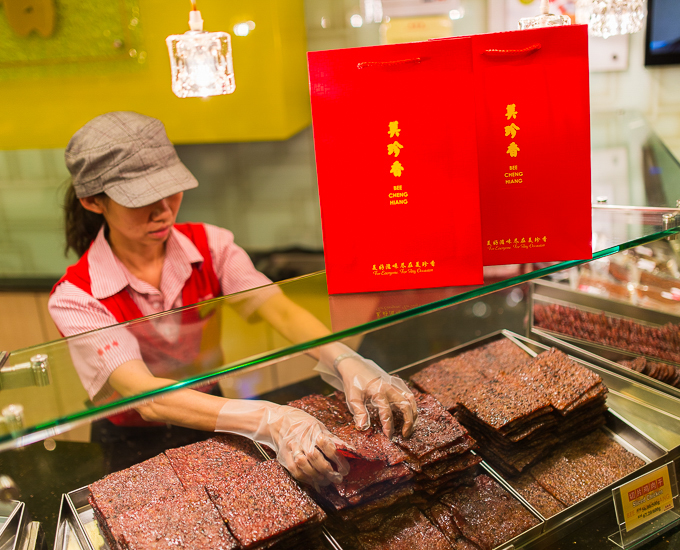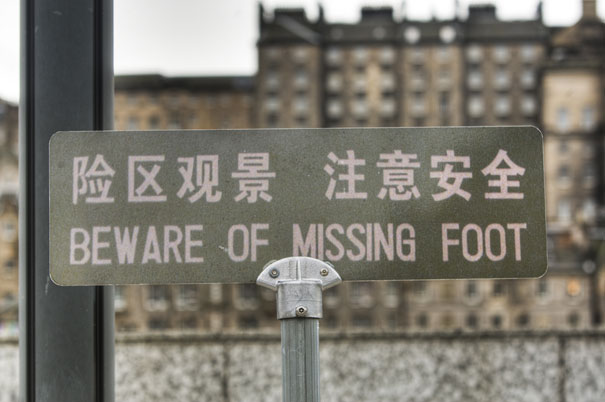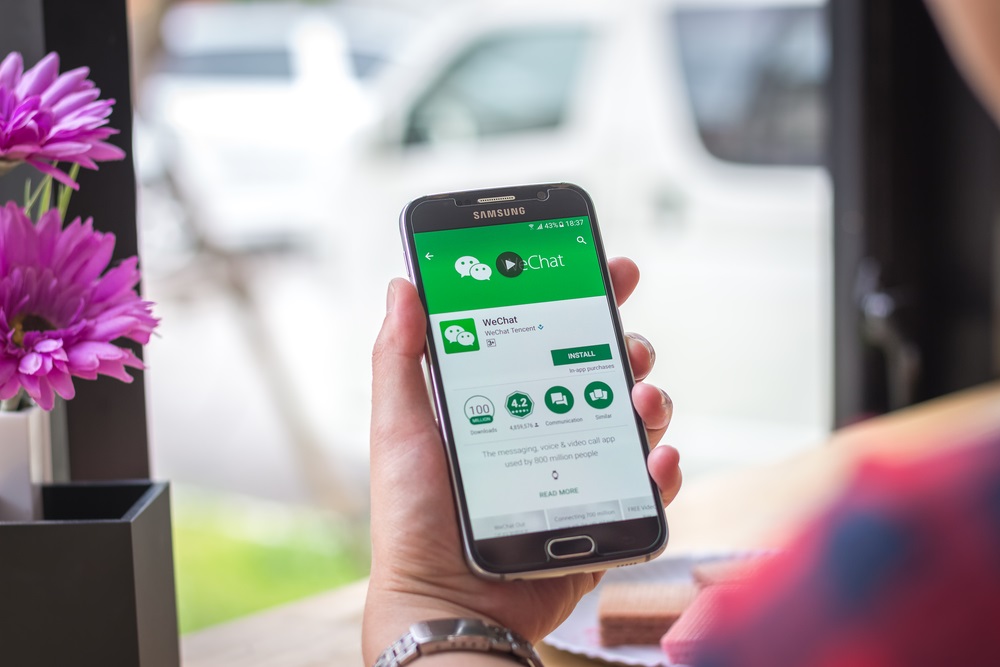
Expanding To China? Here’s How You Engage Chinese Consumers.
China rolled out its market reforms in 1978, and since then it’s been growing from strength to strength. We’re talking GDP growth averaging at almost 10% per year, which we take our hats off to, considering it’s the fastest sustained expansion by a major economy in history to date.
For local SME businesses who want to branch out overseas and grow their businesses, expanding to China is a good bet. But here’s what you need to know: China is a vastly different market as compared to Singapore, and you’ll need to have some tricks up your sleeve if you want to successfully engage Chinese customers…
#1. Localize your products and services
Step into a Bee Cheng Hiang outlet in China or Taiwan, and you’ll find funky bak kwa flavours such as mala (麻辣), kimchi, and more.

Of course, Bee Cheng Hiang still sells their original bak kwa flavours in these countries they’ve expanded to, but they find that offering a product that comes in a flavour that’s familiar to locals helps break that initial barrier, and reduce the friction associated with the first purchase.
Take a leaf out of their book, and think of how you can adapt your products and services to the Chinese market!
#2. Set up a Chinese website
While Chinese nationals are increasingly becoming more sophisticated and cosmopolitan, the average Chinese consumer still predominantly uses Chinese – not English! – to communicate. For businesses who want to reach out to and engage Chinese consumers, having a Chinese website is an absolute must.
Pro-Tip: Google is heavily banned in China, and the search engine of choice is Baidu. For maximum visibility, work on your website’s SEO, and optimize it for Baidu!
#3. Invest in translations and voiceovers
If you’re in China, and you see a poorly – and hilariously – translated sign, notice or menu, you’ll probably chuckle to yourself, and perhaps snap a photo to share on social media.

Guess what? This works the other way around, too.
If you’re entering the Chinese market, and you do so with inaccurate, poorly translated marketing collaterals, you can bet that Chinese consumers will be having a laugh, and not take your brand seriously.
So instead of paying a friend of a friend $50 to get the job done, invest on hiring a professional translator instead.
If you’re running video ads and you need voiceover work done, enlist the help of a professional as well. Take note of regional dialects and accents here – if you’re launching your product in Beijing, for example, it doesn’t make sense to hire someone from Hong Kong to do your voiceover. They might be able to speak Chinese, but their accent will definitely have a Cantonese lilt to it.
#4. Set up an official WeChat account
With over 400 million users who log onto the app each month, WeChat is huge in China. Do as the Chinese brands do, and create an official WeChat account so that Chinese consumers can follow your brand, and interact with it!

Pro-tip: with WeChat’s Membership function, you can essentially use your WeChat account as a loyalty programme. Your followers get a digital membership card that they can use to unlock discounts, and you can send promotional content including coupons and offers to these followers.
To get stories like these delivered straight to your inbox, sign up for RICE’s newsletter!
